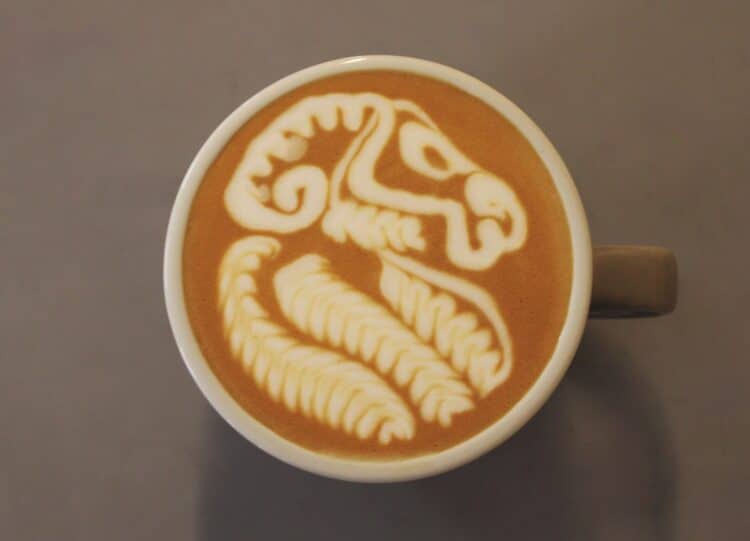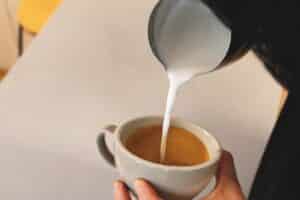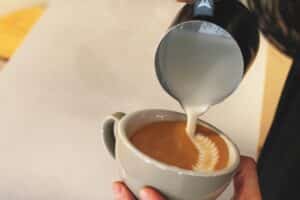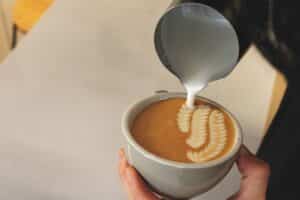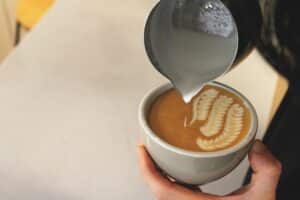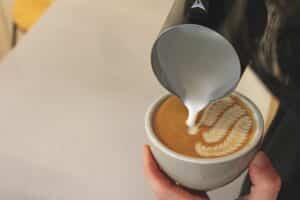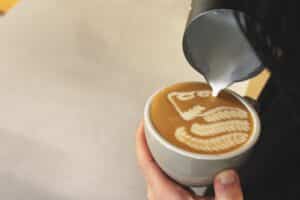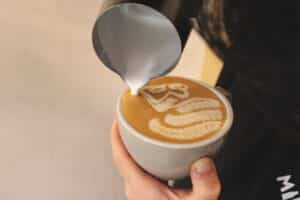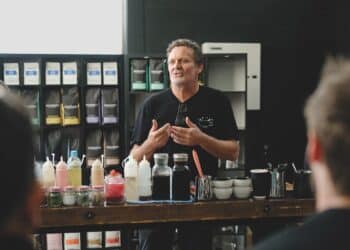Three-time Australian Latte Art Champion Victor Vu shares his step-by-step guide to crafting the majestic ram latte-art design.
According to Victor, this ram design was first made popular by Thai latte artist Kittipich Boonsawasd, also known as Knot. It’s since become a favourite among baristas who are trying to level up their latte-art skills.

“I’ve seen so many baristas pouring this design at events and smackdowns,” says Victor. “It’s a really fun pattern for baristas to expand their skills – the face is cool because it’s created with a single drag.”
The Australian Latte Art Champion says that, while the ram head is challenging, with plenty of practice it can be perfected for an impressive pour.
“I would rate the ram head design as intermediate to hard, but when done correctly it looks super cool,” he says.
After scooping the Australian Latte Art Champion title for a third time in 2025, Victor deferred his place due to the arrival of his first children in June. He will once again compete for the world title in San Diego in 2026.
Victor Vu’s Ram
Step 1
Using a 10-ounce cup, start by mixing the milk with the coffee until the cup is around a third full.
Step 2
From the nine o’clock position, pour a 12-leaf rosetta down the left-hand curve of the cup in a slight ‘S’ curve.
Step 3
Pour a shorter nine-leaf rosetta to the right of the first, then a six-leaf rosetta next to the second.
Step 4
After the third rosetta, continuously drag a line along the right-hand side of the rosetta to form a curve.
Step 5
Turn the handle to four o’clock and pour a four-leaf rosetta just above the other rosettas.
Step 6
On top of the final rosetta, drag the milk up towards the top of the cup then curve towards the right-hand side to form the top of the head and the eye.
Step 7
Create a small circle for the nose and then a double wave for the lips, before pulling up and then down to follow the line of the final rosetta. Next, pull up to meet the top of the head in a triangle shape to form the inner face.
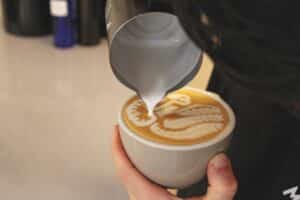
Step 8
Still using the continuous pour, drag the milk to create rolling bumps to form the ridge of the horn, curling in on itself at the end.

